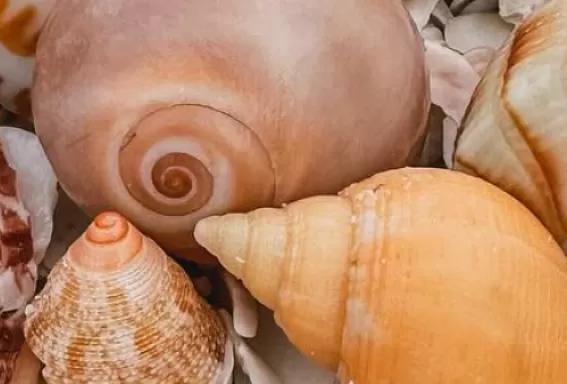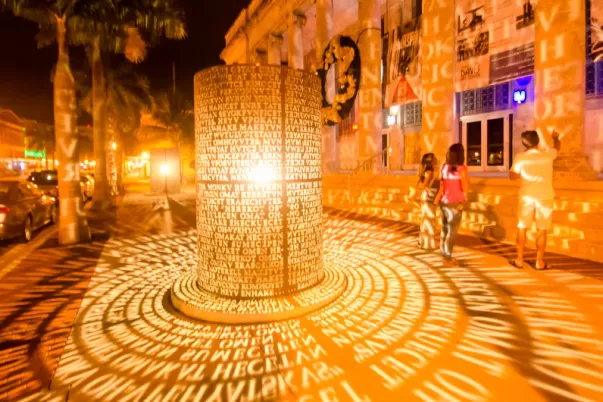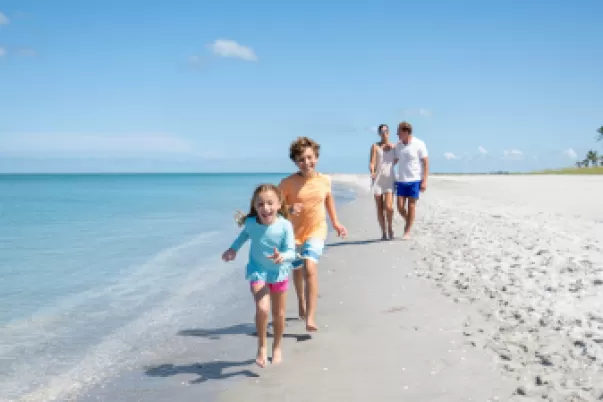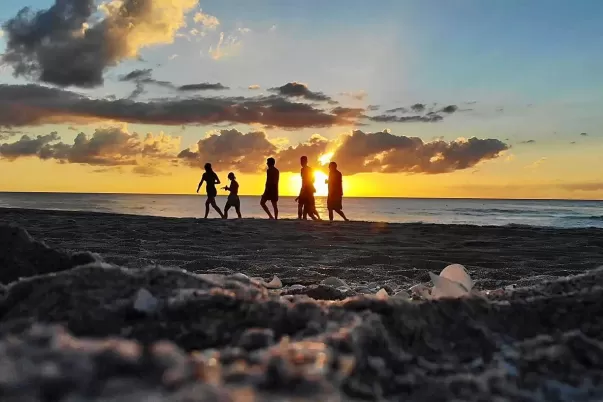Mollusks and More on National Seashell Day
Coinciding with the beginning of summer, the Fort Myers area is also celebrating National Seashell Day. Collecting gleaming shells straight from the sand is a rite of passage when you’re visiting areas like Sanibel Island, Captiva Island, and other islands and beaches. In honor of this day, we spent some time learning about the animals that live in these shells, known as mollusks, with Dr. José Leal, Science Director and Curator at the Bailey-Matthews National Shell Museum.
How did you first fall in love with malacology, the study of mollusks?
That was probably before I was 10 years of age. I was born in Rio de Janeiro, Brazil, and we had relatively pristine beaches that are no longer there today. Those beaches were riddled with living mollusks, and I fell in love with the whole experience.
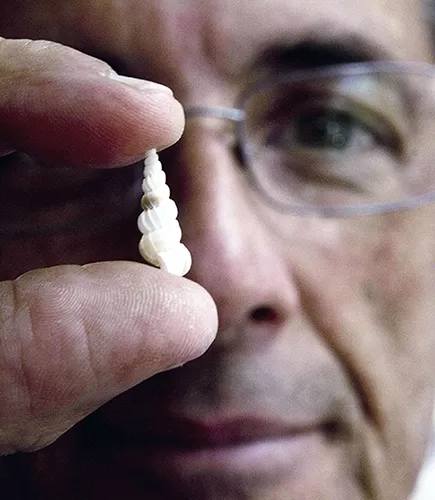
Courtesy of Bailey-Matthews National Shell Museum
What does your day-to-day look like at the Bailey-Matthews National Shell Museum?
I help a lot with the outreach, and I combine my love for writing with education about what’s happening in the mollusk world. More recently, I’ve had time for original research, so I’ve been pursuing projects with colleagues. The accepted figure is that there are about 80,000 species of mollusks, but that’s just the tip of the iceberg.
What surprises people when they visit the museum?
A lot of our visitors didn’t realize that the shell they picked up on the beach was made by an animal! To me that’s the pinnacle of information. People are also surprised to learn that mollusks have organs, and that scallops have super sophisticated eyes. People leave with a better understanding of how these living things work.
In honor of National Seashell Day, what are some of the rarer shells people should look for?
Junonia are beautiful shells with chocolate brown spots on a white background. They’re a deep-water species that rarely washes up on shore, although we did see them after Hurricane Ian. Alphabet cones with their checked patterns are also unusual. Once in a blue moon, we see milk conchs and queen helmets. But we have a guide to 400 local species of shells that people can explore.
How can visitors help protect the beaches when they visit?
Never disturb the living animals, especially small ones like mollusks and clams. The county has a live shell ban, so if a shell is closed or heavy, you have to gently put it back in the water. Don’t leave traces on the beach such as food wrappers, bottles and cans. In remote beaches, be very careful about stepping in vegetation; there are nests of very small aquatic birds, and the eggs tend to be camouflaged in the sand.

